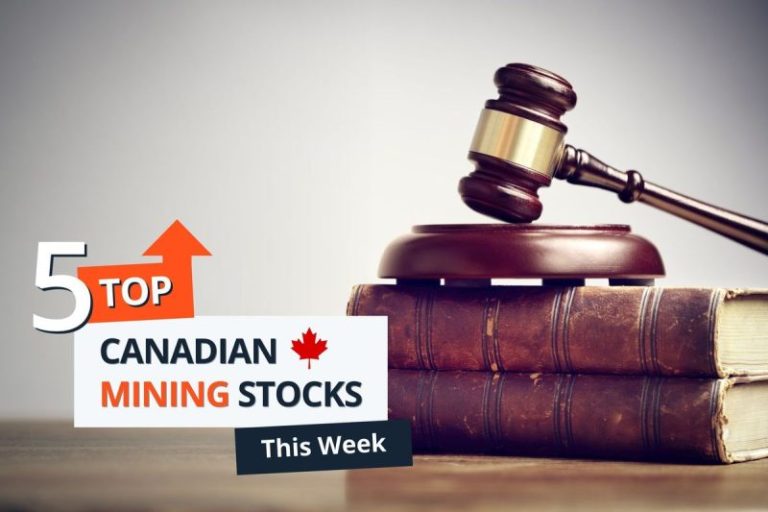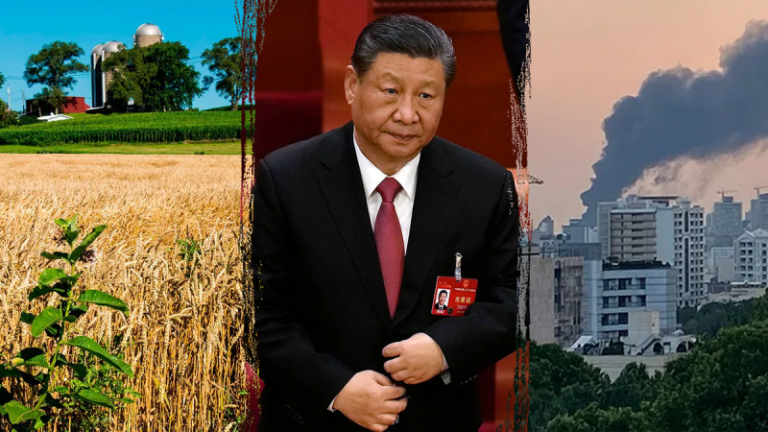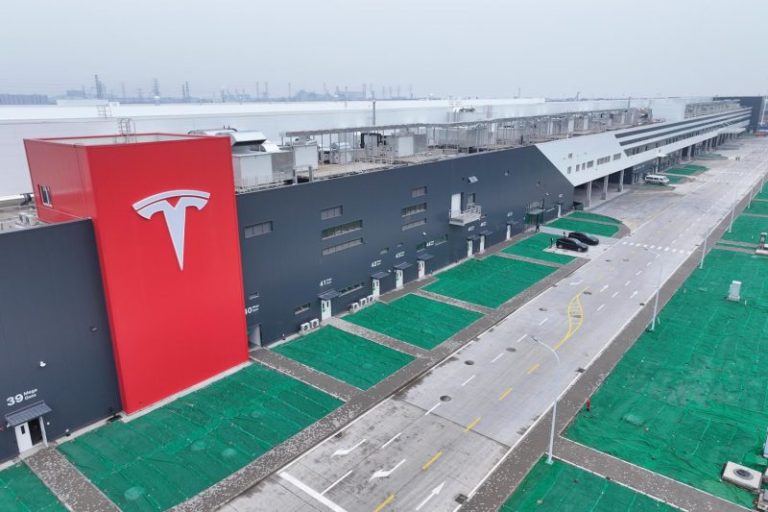Friday (June 20) was the last day for the spring session of Canada’s parliament before its summer break.
On the agenda for the day was a vote on bill C-5, “The One Canadian Economy Act,” which was introduced on June 5.
The bill is in part a response to the recent shift in US trade policy under Donald Trump’s administration. It will provide a new framework to fast-track projects of national interest, including mining and energy projects, to boost Canada’s economy.
However, it hasn’t been without controversy. Primarily, it has been met with opposition from some Indigenous groups, who feel it will override treaty obligations and environmental review processes.
In parliament, it also met some resistance from the conservative opposition, who amended the bill to close loopholes they felt would allow the government to skirt conflict of interest and lobbying laws.
The bill is widely expected to pass the House of Commons and the Senate, with broad support from the Conservative Party.
Also on Friday, Statistics Canada released April’s monthly mineral production survey.
The data shows across-the-board declines in both production and shipments of copper, gold and silver from the previous month.
Copper production dropped the most in April, down to 35.1 million kilograms from 40.1 million in March, while shipments slipped to 30.1 million kilograms from the 50.5 million recorded the previous month.
Gold and silver production fell slightly, with gold declining from 17,059 to 16,708 kilograms, and silver declining from 26,700 to 25,412 kilograms. However, shipments of both fell more precipitously between March and April. Gold shipments dropped from 19,049 to 14,848 kilograms, while silver shipments fell from 29,578 to 22,106 kilograms.
In the United States, the Federal Reserve held its fourth meeting of the year to determine the direction of the benchmark Federal Funds Rate on Tuesday (June 17) and Wednesday (June 18).
The central bank decided to hold the rate at the current 4.25 to 4.5 percent range, which it last set in November 2024. The decision comes as it awaits the effects of tariffs to be felt more broadly in the economy, noting uncertainty whether it will be a one-time shock or be more persistent through the rest of the year.
The decision fell in line with analysts’ expectations, who are not predicting a rate cut until the Fed’s September meeting.
Markets and commodities react
In Canada, major indexes were mixed at the end of the week. The S&P/TSX Composite Index (INDEXTSI:OSPTX) was largely flat, posting a small 0.14 percent loss during the week to close at 26,497.57 on Friday. The S&P/TSX Venture Composite Index (INDEXTSI:JX) fared worse, losing 2.18 percent to 711.18, although the CSE Composite Index (CSE:CSECOMP) jumped 1.58 percent to 117.36.
US equities were all in negative territory this week, with the S&P 500 (INDEXSP:INX) losing 0.55 percent to close at 6,967.85, the Nasdaq-100 (INDEXNASDAQ:NDX) slipping 0.23 percent to 21,626.39 and the Dow Jones Industrial Average (INDEXDJX:.DJI) sinking 0.88 percent to 42,206.83.
The gold price was down this week, losing 0.42 percent to US$3,371.39 at by Friday’s close. Although it jumped to a high of US$37.29 mid-week, the silver price pulled back and ultimately lost 0.82 percent to end the week at US$36.02.
In base metals, the COMEX copper price gained 1.88 percent over the week to US$4.88 per pound. Meanwhile, the S&P GSCI (INDEXSP:SPGSCI) posted a gain of 5.47 percent to close at 580.99.
Top Canadian mining stocks this week
How did mining stocks perform against this backdrop?
Take a look at this week’s five best-performing Canadian mining stocks below.
Stock data for this article was retrieved at 4 p.m. EDT on Friday using TradingView’s stock screener. Only companies trading on the TSX, TSXV and CSE with market capitalizations greater than C$10 million are included. Mineral companies within the non-energy minerals, energy minerals, process industry and producer manufacturing sectors were considered.
1. Royalties Inc. (CSE:RI)
Weekly gain: 183.33 percent
Market cap: C$24.75 million
Share price: C$0.085
Royalties Inc. is a company focused on building cash flow through the acquisition mineral and music royalty assets.
The company has a 100 percent interest in the Bilbao silver property in Zacatecas, Mexico, which hosts silver, zinc and lead deposits. As silver prices improve, the company is seeking to monetize the property.
Shares in Royalties Inc. surged this week after its 88 percent owned subsidiary Minera Portree won its lawsuit against Capstone Copper (TSX:CS), asserting its ownership of a 2 percent net smelter return royalty on five mineral concessions at the Cozamin copper-silver mine in Zacatecas.
The protracted legal dispute began after Capstone re-assigned the royalty to itself through a 2019 contract without informing or paying Minera Portree.
Under the terms of the judgment, the 2 percent NSR will revert back to Minera Portree along with royalties for the exploitation of concessions between 2002 and 2019. The amounts for those royalties will be set at the execution phase. Capstone Gold is also ordered to pay royalties from the Portree 1 concession from August 2019 to present.
Earlier in the week, Royalties Inc. increased its stake in Music Royalties, which pays a 7.2 percent annual yield from 30 music catalogues. The company will now receive royalties of C$102,000 per year from its investment.
2. Altima Energy (TSXV:ARH)
Weekly gain: 100 percent
Market cap: C$21.14 million
Share price: C$0.42
Altima Energy is a light oil and natural gas exploration and development company with operations in Alberta, Canada.
Its primary asset is the Richdale property in Central Alberta. The property consists of five producing light oil wells and sits on 5,920 acres of long-term reserves. According to a company presentation from April 2025, the property hosts combined proved and probable reserves of just under 2 billion barrels of oil equivalent, with a pre-tax net present value of C$25.8 million.
The company also owns two wells at its Twinning light oil site near Nisku, seven producing wells at its Red Earth property in Northern Alberta and two multi-zone wells at its Chambers Ferrier liquid gas production property.
Although Altima hasn’t released news in the last few months, its share price surged mid-week.
3. Trillion Energy (CSE:TCF)
Weekly gain: 71.43 percent
Market cap: C$11.62 million
Share price: C$0.06
Trillion Energy is an oil and gas producer focused on supplying the European and Turkish markets.
The company owns a 49 percent share in the SASB gas field with Turkish Petroleum (TPAO) owning the remainder. The field is located in the southwestern Black Sea, and covers a license block area of 12,387 hectares. Trillion also owns a 19.6 percent interest in the Cendre oil field, with TPAO owning the majority 80 percent.
On April 26, the company released its 2024 year end reserve report. In the announcement, Trillion reported that its attributable total proved and probable reserves at the SASB gas field increased to 62.3 billion cubic feet of gas and 247 million barrels of oil, with a pre-tax NPV of US$363.6 million.
Trillion Energy’s share price climbed in the second half of the week. Although it did not put out a press release, the company stated in posts on X Wednesday and Friday that the partners are “actively engaged on-site” advancing gas lift operations through “carefully managed on-platform efforts.”
4. Search Minerals (TSXV:SMY)
Weekly gain: 52 percent
Market cap: C$18.81 million
Share price: C$0.380
Search Minerals is a rare earth element exploration and development company working to advance its flagship Deep Fox project in Newfoundland and Labrador, Canada.
The project is located near the port of St. Lewis on the Southeast Labrador coast and consists of 63 mineral claims covering an area of 1,575 hectares. The company also owns the nearby Foxtrot deposit. A May 2022 technical report reported a combined indicated mineral resource estimate for the two properties of 375 parts per million (ppm) praseodymium, 1,402 ppm neodymium, 185 ppm dysprosium and 32 ppm terbium from 15.09 million metric tons of ore.
Search Minerals released a corporate update on June 13 announcing that its shares were being reinstated for trading on the TSXV. The update detailed how, under previous management, the company’s TSXV listing was subject to a cease trade order in April 2024 due to the previous management team failing to file annual financial statements for 2023. Search’s new board and management team, elected and appointed in mid-2024, brought the company back into compliance.
Search recommenced trading Monday, and its shares climbed on June 19 after the company announced unreleased assay results from a 2022 Phase 4 drill program at Deep Fox. Highlighted assays included one hole with a 29.92 meter interval grading 256 ppm dysprosium, 1,848 ppm neodymium, 496 ppm praseodymium and 43.5 ppm terbium.
The company said the results validate their belief in the mineralization at the site, and that it would drive forward development of Deep Fox, which it called a generational asset, without delay.
5. Homeland Nickel (TSXV:SHL)
Weekly gain: 50 percent
Market cap: C$12.26 million
Share price: C$0.06
Homeland Nickel is an exploration company with projects in the US and Canada.
The company owns four nickel projects in Oregon: Cleopatra, Red Flat, Eight Dollar Mountain and Shamrock. The projects are in the early exploration stage, with the company being guided by historic work at each property.
Homeland is also working on the Great Burnt copper-gold project in Newfoundland and Labrador, Canada. The project is a 30/70 joint venture with Benton Resources (TSXV:BEX,OTC Pink:BNTRF), which earned its stake in the property through an earn-in agreement with Homeland in July 2024.
While the company did not release any news, on June 11, Noble Mineral Exploration (TSXV:NOB) and Canada Nickel’s (TSXV:CNC) announcement on June 11 of positive assay results from their joint venture Mann nickel project in Ontario. Homeland owns 2.95 million shares in Canada Nickel and 9.96 million shares of Noble.
FAQs for Canadian mining stocks
What is the difference between the TSX and TSXV?
The TSX, or Toronto Stock Exchange, is used by senior companies with larger market caps, and the TSXV, or TSX Venture Exchange, is used by smaller-cap companies. Companies listed on the TSXV can graduate to the senior exchange.
How many mining companies are listed on the TSX and TSXV?
As of February 2025, there were 1,572 companies listed on the TSXV, 905 of which were mining companies. Comparatively, the TSX was home to 1,859 companies, with 181 of those being mining companies.
Together the TSX and TSXV host around 40 percent of the world’s public mining companies.
How much does it cost to list on the TSXV?
There are a variety of different fees that companies must pay to list on the TSXV, and according to the exchange, they can vary based on the transaction’s nature and complexity. The listing fee alone will most likely cost between C$10,000 to C$70,000. Accounting and auditing fees could rack up between C$25,000 and C$100,000, while legal fees are expected to be over C$75,000 and an underwriters’ commission may hit up to 12 percent.
The exchange lists a handful of other fees and expenses companies can expect, including but not limited to security commission and transfer agency fees, investor relations costs and director and officer liability insurance.
These are all just for the initial listing, of course. There are ongoing expenses once companies are trading, such as sustaining fees and additional listing fees, plus the costs associated with filing regular reports.
How do you trade on the TSXV?
Investors can trade on the TSXV the way they would trade stocks on any exchange. This means they can use a stock broker or an individual investment account to buy and sell shares of TSXV-listed companies during the exchange’s trading hours.
Article by Dean Belder; FAQs by Lauren Kelly.
Securities Disclosure: I, Dean Belder, hold no direct investment interest in any company mentioned in this article.
Securities Disclosure: I, Lauren Kelly, hold no direct investment interest in any company mentioned in this article.
This post appeared first on investingnews.com




